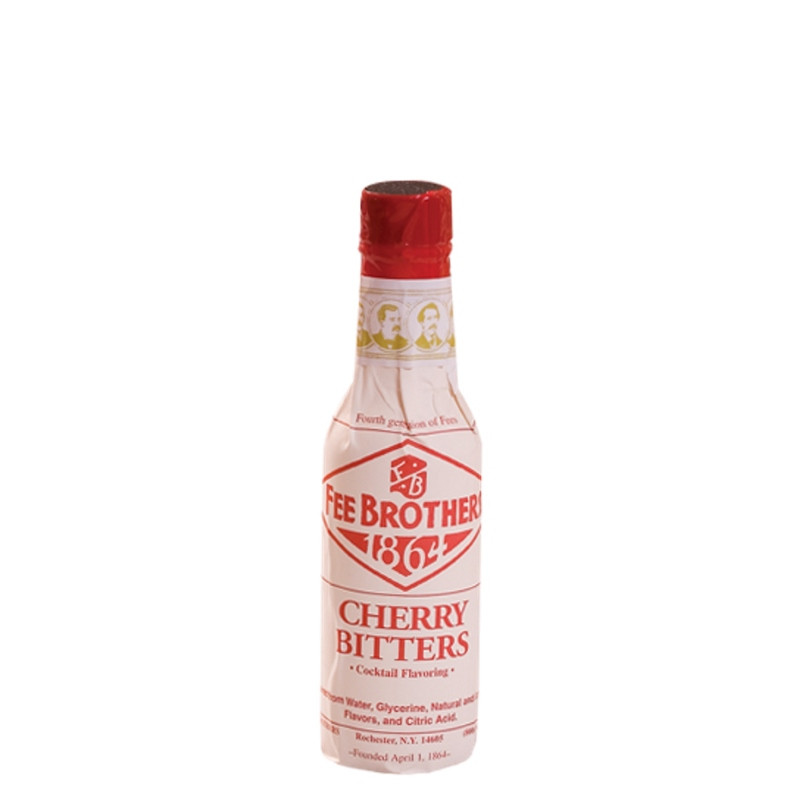

However, cook them in a little sugar first to release some of their moisture, or else they will water down your batter.
#SWEET CHERRIES BITTER TWO FARM STANDS FREE#
Chocolate and cherry are a classic marriage, so feel free to toss sour cherries into your favorite chocolate cake or brownie recipe. Sauces like vinaigrettes or beurres blancs lend themselves well to variations with sour cherries. The tart bite of a sour cherry is glorified when transformed into any type of sweet preserve, and can be used to good advantage in savory sauces where tartness is desirable. The cherry stone will come out with the pin. Turn the pin 90 degrees and, as you twist, pull the pin out. To pit a sour cherry, insert the curved end of the hairpin into the stem end of the cherry until it is near the center of the fruit. Choose thin wire hairpins that have a wide opening. This is not too arduous if you have a cherry pitter, a kind of cherry-size hole punch, but we have found an old-fashioned hairpin is just as easy and bruises the cherries far less. Of course, one of the great bothers in cooking any cherries is that they must be pitted by hand. It has yellow flesh and a colorless juice with a tart, astringent bite. Some varieties can become almost black in color when ripe, but the most common variety to find in this area, the amarelle cherry, remains cherry red throughout its ripening. Unlike sweet cherries, the sours are rather soft and loose in their skins. You're going to have to search, but the hunt will be well worth it, for you've never really had cherry pie until you've bitten into a freshly baked slice, sodden with sweet-tart sour-cherry juice. Though some specialty markets will have them, the best sources we have found are roadside farm stands and farmers' markets.

They are not produced commercially on a wide scale, nor are they carried by most supermarket chains.

Unfortunately, they are as hard to find as they are remarkable to cook with. These "sweet cherries" may be wonderful eaten out of hand or tossed in a fruit salad, but they make bland preserves and flat, watery pies.Ĭooking is where sour or "pie" cherries come in. Most commercially produced cherry varieties, such as Bing and Queen Anne, do not cook well. The aroma doesn't fade, as one would expect rather, the longer they cook the more it gains body and roundness, until the cherry fragrance becomes overwhelming, the fruit flavor more pronounced and the overall results unforgettable. Tart as vinegar, with a faint perfume of fresh fruit when raw, they need just a touch of sugar, then start them cooking and watch the tartness blossom. Unlike many fruits, which are at their best uncooked, sour cherries need a bit of sweet and heat to reach their peak. Some farms in Maryland started harvesting and selling only this past weekend, while Virginia may be running low.īut don't let their brilliant glow mislead you into downing these cherries right off the tree. Bursting forth in parts of Virginia just a week or two before the Fourth, the harvest moves northward, and they will be gone from the area before the last strains of the "Marseillaise" bring Bastille Day to a close. In a world where raspberries appear picture-perfect in the middle of winter and watermelons premiere before the first crocus has had a chance to peek through the snow, sour cherries remain stubbornly seasonal.


 0 kommentar(er)
0 kommentar(er)
